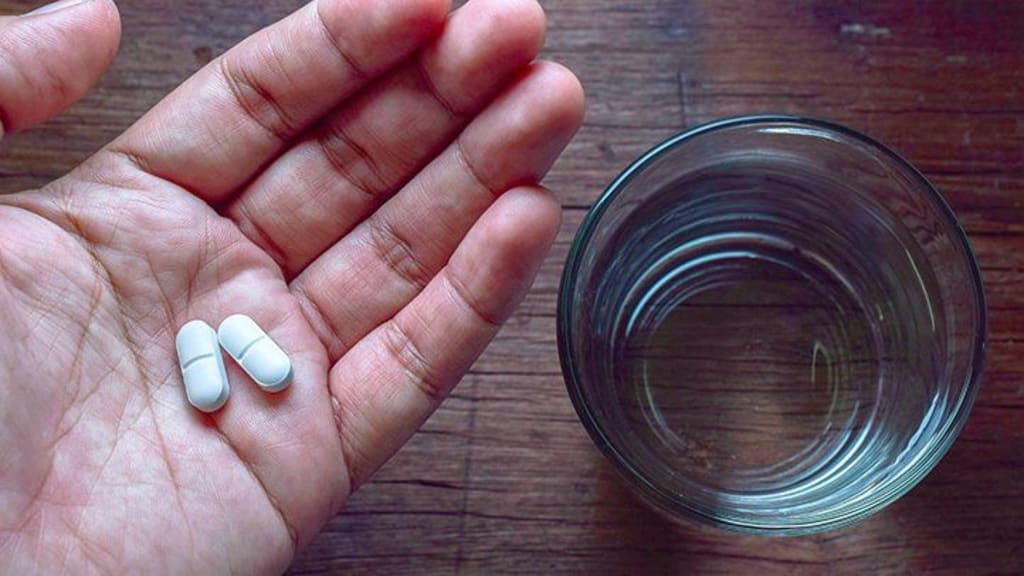Things you must know about LDN therapy
LDN therapy

What is LDN therapy?
Naltrexone is an opioid receptor blocker, which in 1984 was approved by the FDA for treating opioid addiction. “Low dose” basically refers to the utilization of a daily dose that is about 1/10th of the dose typically given for the treatment of opioid addiction. At such lower doses, the medicine acts differently, presenting anti-inflammatory responses and useful influences on the immune system. LDN has been clinically used since the late 19s, but there was no general attention given to its various therapeutic applications until more recently.
Low-dose naltrexone had its very first human trial conducted in 2007, and since that time, it has been proved beneficial for the treatment of various medical conditions. Effectiveness in treating fibromyalgia, multiple sclerosis, Crohn’s, and lupus have been recorded in a number of clinical studies. Many different conditions might benefit from the positive outcomes low-dose naltrexone has on the immune system, and many new therapeutic applications are continuing to be investigated.
What does low-dose naltrexone treat?
The conditions that can be managed using LDN are various, and doctors have been utilizing it as an alternative treatment option for many years. It is evident that LDN can treat chronic diseases such as Crohn’s, fibromyalgia, multiple sclerosis, and degenerative brain disorders such as Alzheimer’s and Parkinson’s, immune system diseases, and numerous other conditions. Since the production of endorphins is bound with the immune system and several mechanisms of the body, many diseases can likely benefit from low-dose naltrexone. LDN continues to be investigated even while healthcare providers prescribe it regularly for the therapeutic effects they see in patients.
Why is it always given in a lower dose?
LDN inhibits receptors for just a few hours, and after that, it is excreted. The lower dose of naltrexone acts as an inducer of the “rebound” effect that continues for nearly one day. But with higher doses, this effect cannot be obtained. Once the medicine is excreted from the body, the sensitized receptors are capable of utilizing the increased endorphins in a better way. Low-dose naltrexone results in more efficient utilization and better production of OGF.
Types of dosage forms of LDN:
● Liquid Oral Liquid Formulation: 1mg/1ml is the most ordinarily used form of low-dose naltrexone in the UK. It is daily taken and administered using a baby oral syringe. This formulation does not include high amounts of lactose or any different excipient that can cause hypersensitivity. The base used is similar to the one used in children’s cough syrup, making it quite palatable. Because only a few preservatives are added, the formulation must be kept in the fridge. It lasts for almost three months if stored properly.
● Capsules: For people who cannot take liquid or find it undesirable, capsules are available in different strengths ranging from 1.5mg, 3mg, and 4.5mg, as well as additional specific doses. Be sure to mention that you do NOT wish to take LDN in a slow-release form. Pharmacies must be notified NOT to give low-dose naltrexone in an SR/slow-release/timed-release form. Unless the low dose of naltrexone is in an unchanged form, which allows it to attain a prompt “peak” in the bloodstream, its therapeutic results might be inhibited. Capsules of LDN significantly contain a large percentage of inactive filler. Attempts by Dr. Skip Lenz have confirmed that the use of calcium carbonate filler will intervene with the capsule’s absorption. Consequently, it is recommended that calcium carbonate filler should NOT be incorporated into the LDN capsules. He suggests either Avicel, lactose (in the case lactose intolerance is not an issue), or sucrose fillers as valuable fast-release fillers. Make sure to get your prescription filled by a compounding pharmacy, such as Harbor Compounding Pharmacy, that has a we-established name for reliability in providing the quality of the low dose of naltrexone it delivers.
● Sublingual Drops: Sublingual drops are produced for patients who face problems taking medicine orally or for patients who want to ensure the quickest delivery of the medicine into their bloodstream. The quantity of drops is placed beneath the tongue using a dropper bottle, and the dosage is raised and lowered by the number of drops used. There are no excipients used in this formulation.
● Cream LDN: Cream in 0.5mg/ml or even higher is available for application on the skin. This is appropriate for children or people who are allergic to colorants, flavors, or any excipients in other formulations of LDN. It is usually the most expensive dosage form.
The recommended method of therapy:
Your physician will often begin treatment at an ultra-low dose of naltrexone and raise this slowly over weeks – until you become stable and free of side effects. The starting dosage can range from 0.5mg to 1.5mg – and is normally increased over 4 to 8 weeks to 4.5mg or even higher. Some physicians might even increase the dose to twice daily for specific medical conditions. For Autoimmune Diseases, subjects normally begin at 1mg/1.5mg and rise to 4.5mg every day over 4 to 8 weeks. But, for Chronic Fatigue Syndrome, Hashimoto’s, or Fibromyalgia, the recommended starting dose is normally 0.5mg to 1.0mg, and then it is raised by 0.5mg every week until the dose of 4.5mg is maintained. For Cancer, LDN can be used at similar doses, but it must not be used a week before and one week following cancer chemotherapy.
About the Creator
Harbor Compounding pharmacy
Harbor Compounding Pharmacy in California to provide better health solutions. The aim of this health pharmacy is to provide solutions to all health-related issues. It provides treatment for all diseases and health counseling.






Comments (1)
Thanks for sharing this article.